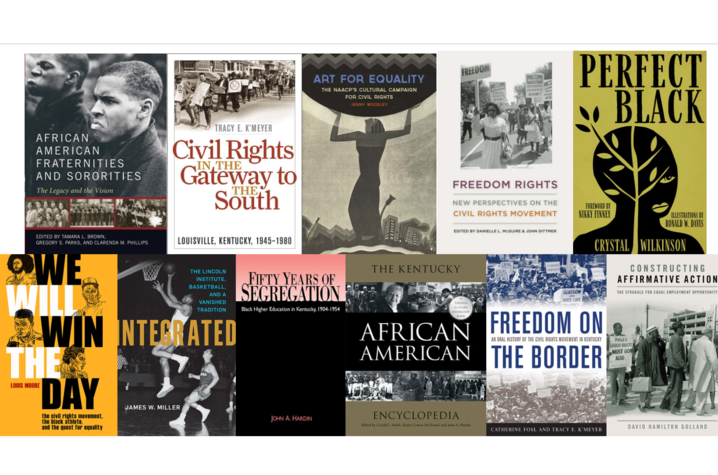A&S Alumnus William H. Turner’s 'The Harlan Renaissance' Nominated for Book of the Year
By Jennifer T. Allen
“The Harlan Renaissance: Stories of Black Life in Appalachian Coal Towns” by UK alumnus William H. Turner has been nominated for the Book of the Year Award by the Museum of African American History in Cambridge, Mass. The Museum of African American History (MAAH) Stone Book Award is an annual prize that encourages scholarship and writing within the field of African American history and culture.
CELT Announces 2022-23 Faculty Cohort for Teaching Innovation Institute
By Trey Conatser and Jill Abney
LEXINGTON, Ky. (June 27, 2022) — The Center for the Enhancement of Learning and Teaching launched the Teaching Innovation Institute in 2020 as an incubator for cutting-edge instructional techniques. Two faculty cohorts have completed the program with a third on the way for the next academic year. The three cohorts have involved 61 faculty from 14 colleges and 46 departments or schools.
A&S Students Form First Cohort of Kentucky Geological Survey Paul Edwin Potter Interns
 LEXINGTON, Ky. (June 24, 2022) — The first cohort of interns in a new Kentucky Geological Survey program are spending their summers contributing to statewide research projects focused on geologic resources, environmental issues and natural hazards affecting Kentucky.
LEXINGTON, Ky. (June 24, 2022) — The first cohort of interns in a new Kentucky Geological Survey program are spending their summers contributing to statewide research projects focused on geologic resources, environmental issues and natural hazards affecting Kentucky.
A&S Students, Professors Participate in First CURE Fellowship Program
LEXINGTON, Ky. (June 23, 2022) — The Office of Undergraduate Research has selected 16 undergraduates for the 2022 Commonwealth Undergraduate Research Experience Fellowship program.
Brush Up on Juneteenth, Civil Rights History With UPK Titles
By Danielle Donham

Looking to learn more about the history of Juneteenth and civil rights in Kentucky? The University Press of Kentucky’s Civil Rights catalog has you covered.
With titles spanning the topics of African American studies, race and sports, and the struggle for Black equality, there are plenty to choose from.
